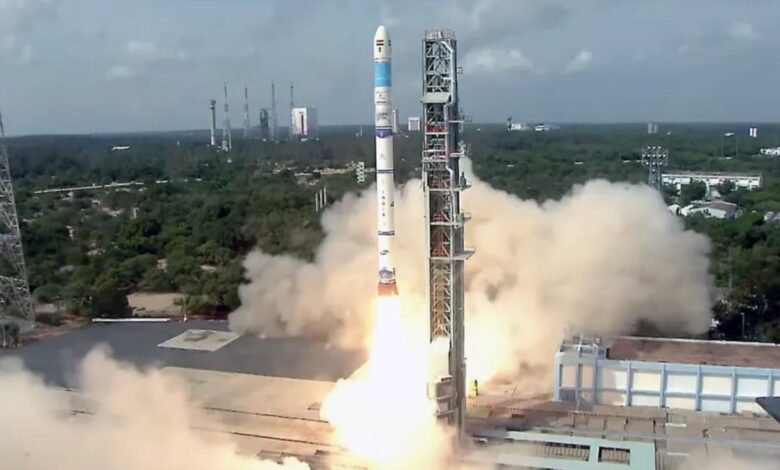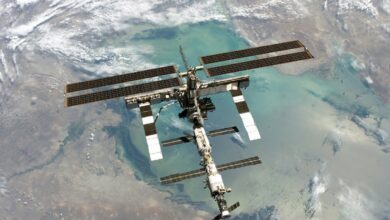ISRO successfully launches EOS-08 spacecraft, marks third mission on SSLV

Indian Space Research Organisation (ISRO) achieved another milestone with the successful launch of the EOS-08 Earth observation satellite on August 15, 2024. The satellite was launched aboard the Small Satellite Launch Vehicle (SSLV) from the Satish Dhawan Space Centre at 9:17 am IST on August 16. This launch marks the third mission for the SSLV, a relatively new addition to India’s rocket fleet, specially designed to launch small satellites into low-Earth orbit.
SSLV’s journey: from early challenges to success
The SSLV’s journey has its payloads, and the EOS-02 Earth-obeen is one of overcoming early setbacks. Its debut flight in August 2022 failed when the rocket launched an observation satellite and a student-built cubesat into the wrong orbits, leading to their premature return to Earth. ISRO quickly addressed these issues, however, and the SSLV’s second flight in February 2023 was a success, with the rocket launching three payloads into their designated orbits.
In its third mission, the SSLV launched the EOS-08 satellite, a 175.5 kg spacecraft, into a circular orbit of 475 km. EOS-08 carries the Electro-Optical Infrared Payload (EOIR) and the Global Navigation Satellite System-Reflectometry payload (GNSS-R). The EOIR is designed to provide essential infrared data for various applications, including satellite-based surveillance, disaster monitoring and environmental observation. Meanwhile, the GNSS-R will demonstrate innovative techniques for detecting flooding, assessing soil moisture and analysing oceanic winds using reflected satellite navigation signals.
The role of EOS-08 and future impact
EOS-08 is expected to operate for a year, during which it will provide essential data to support a range of Earth observation applications. In addition, it carries an ultraviolet light dosimeter to characterize space radiation, a key enabler for India’s upcoming Gaganyaan mission, the country’s first human spaceflight scheduled for 2025. This mission will not only contribute to immediate scientific objectives, but will also lay the foundation for future developments in satellite technology and space exploration, strengthening India’s growing role in global space initiatives.




